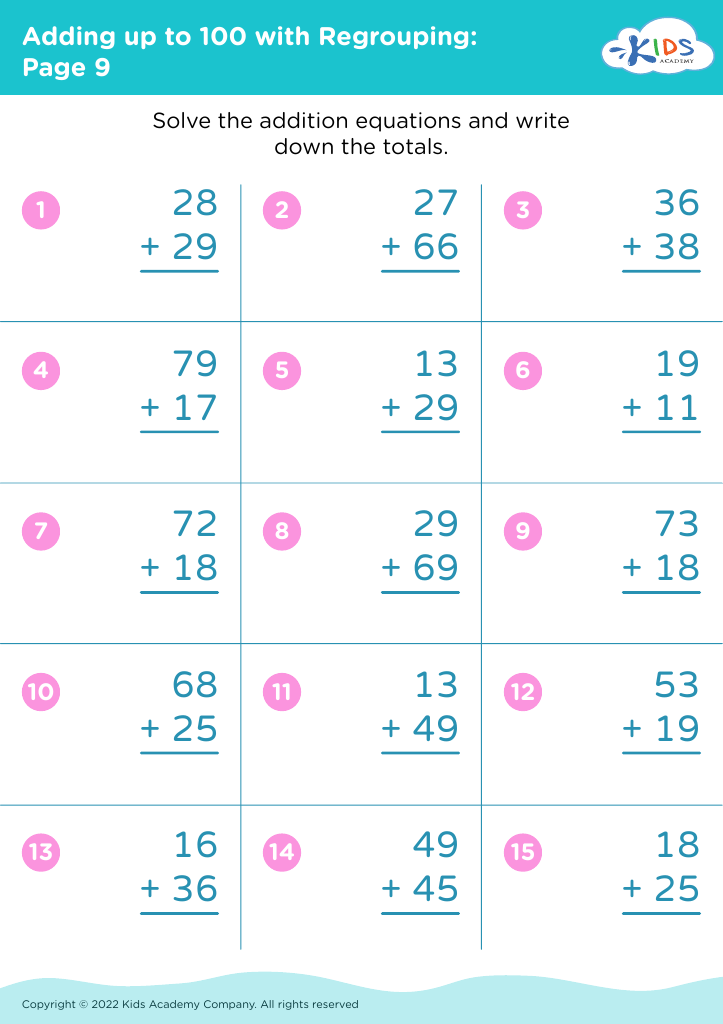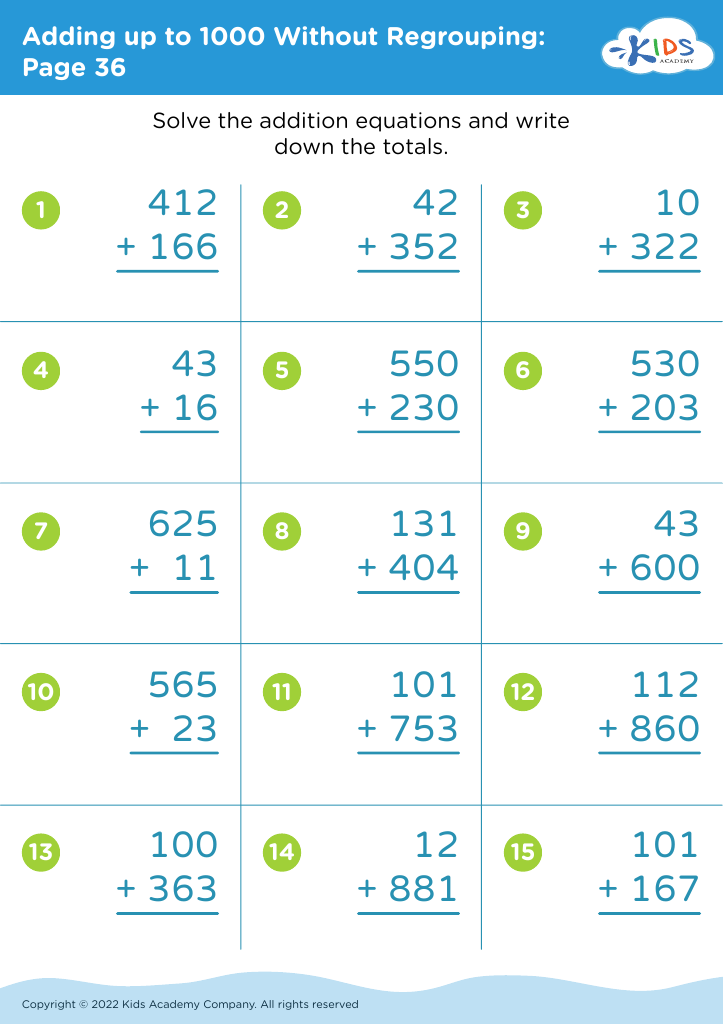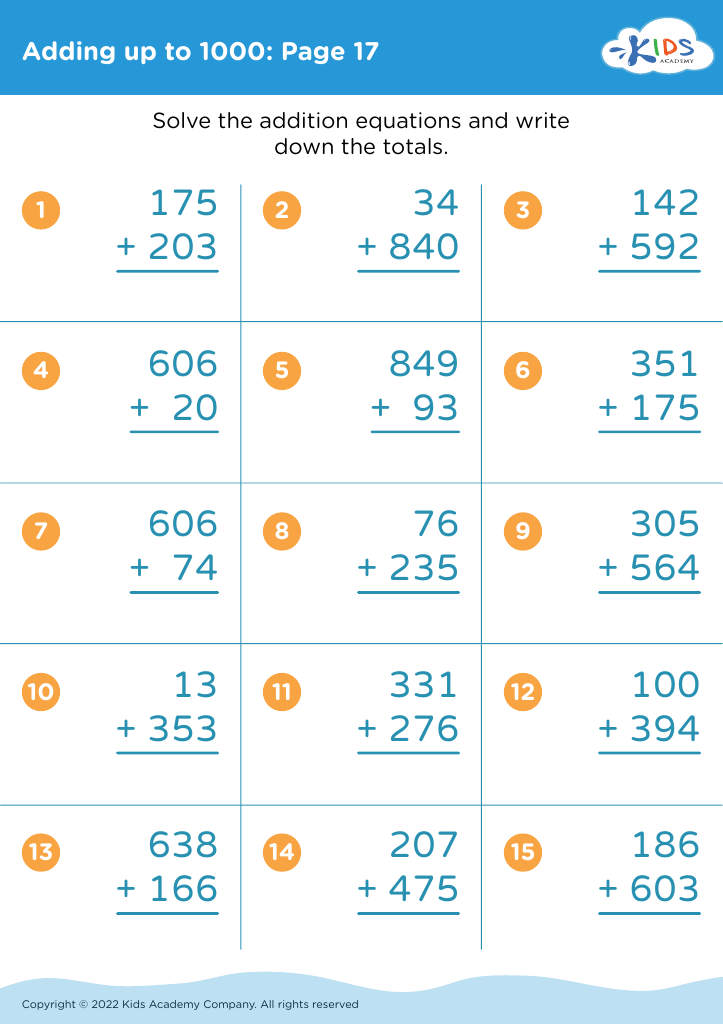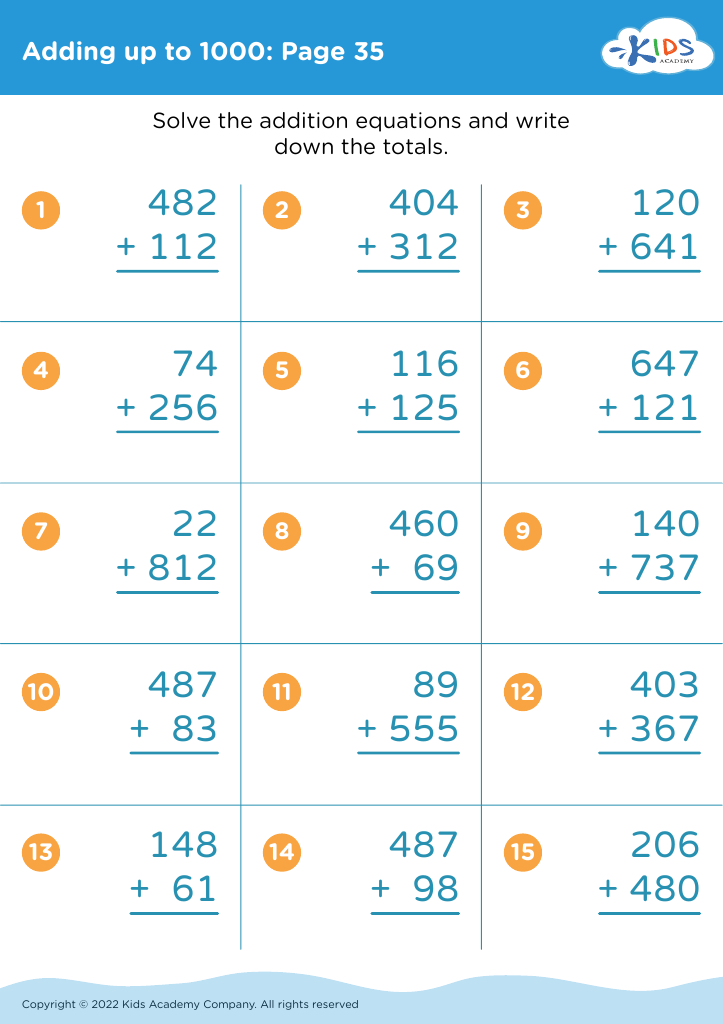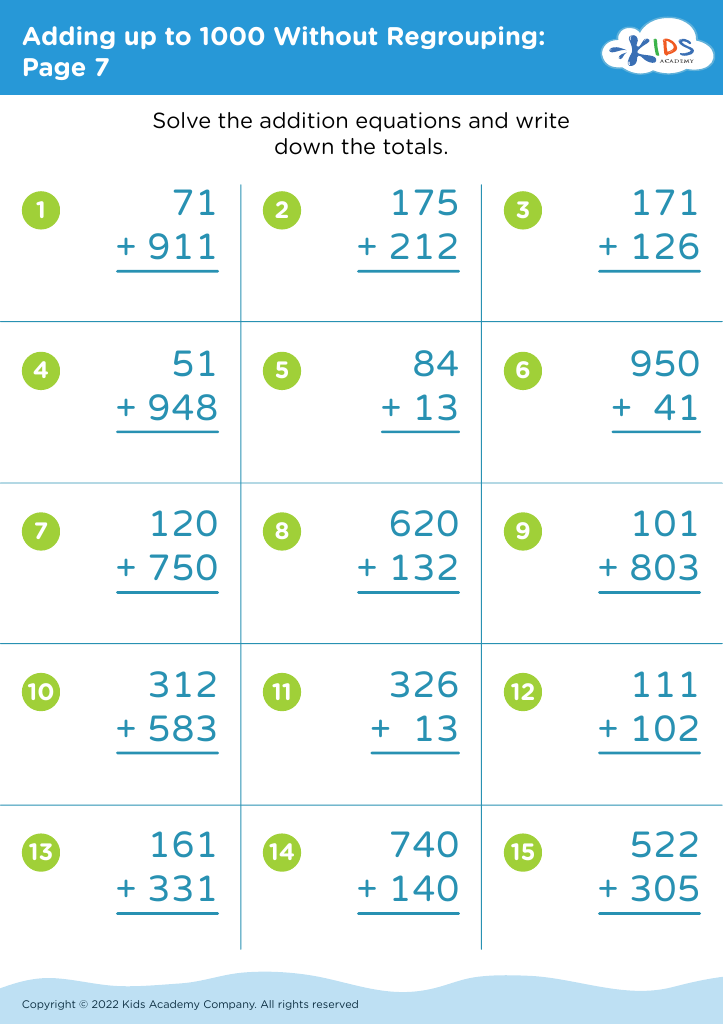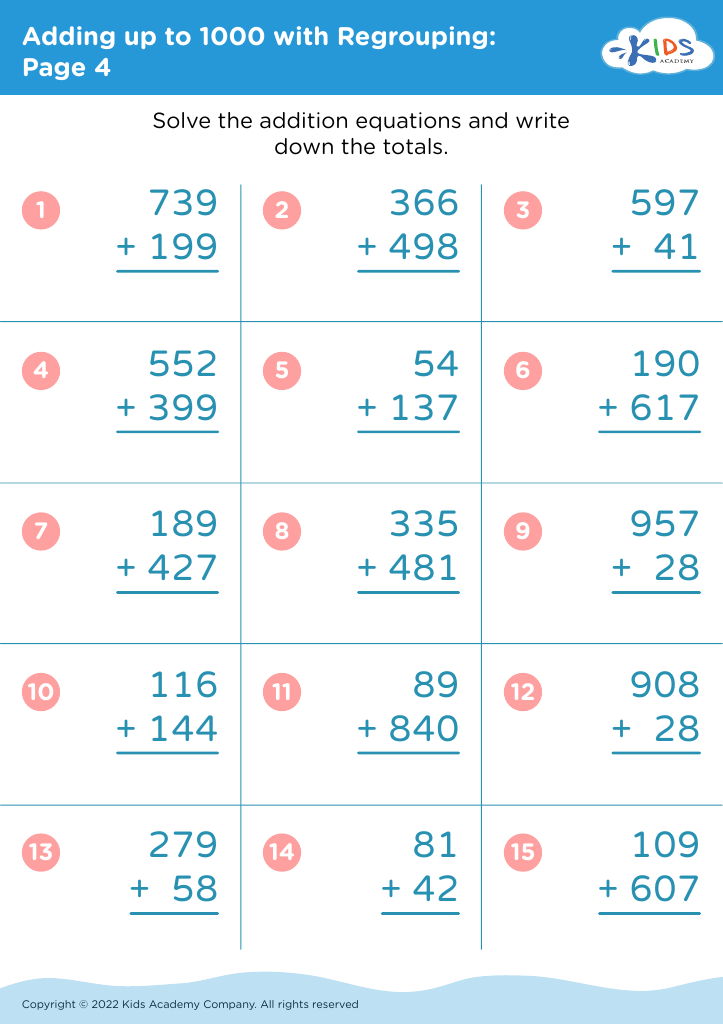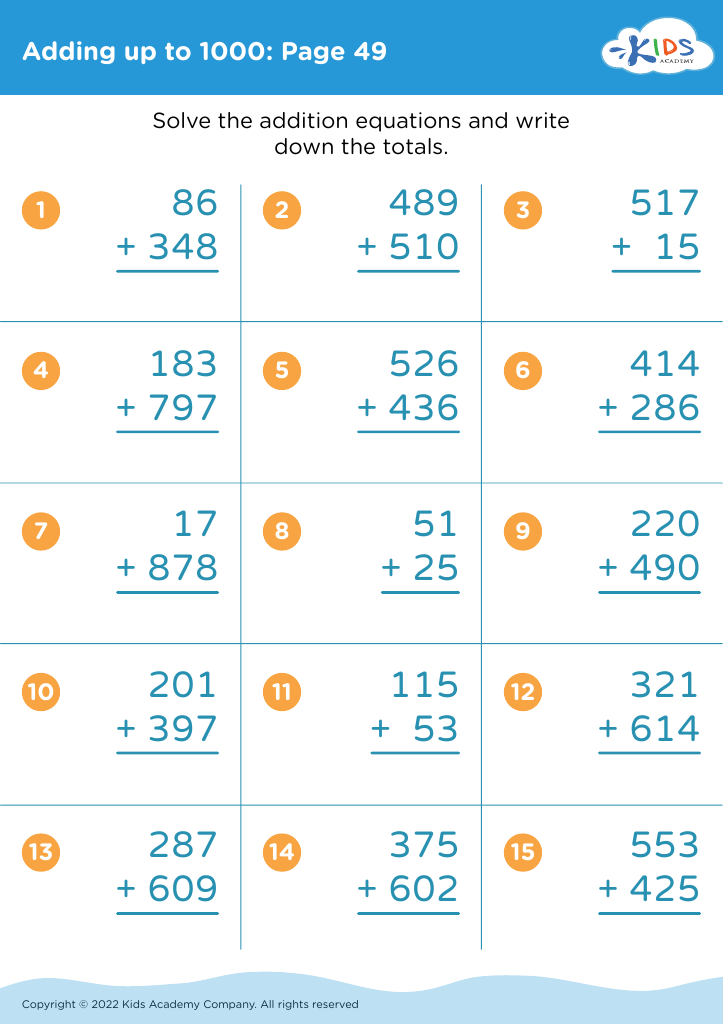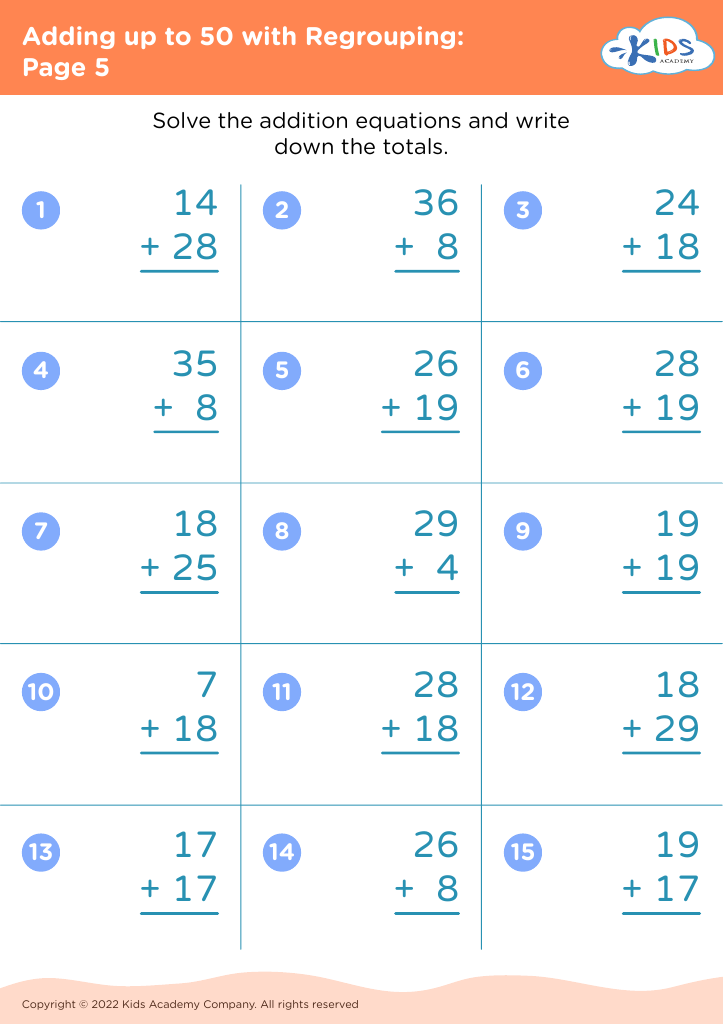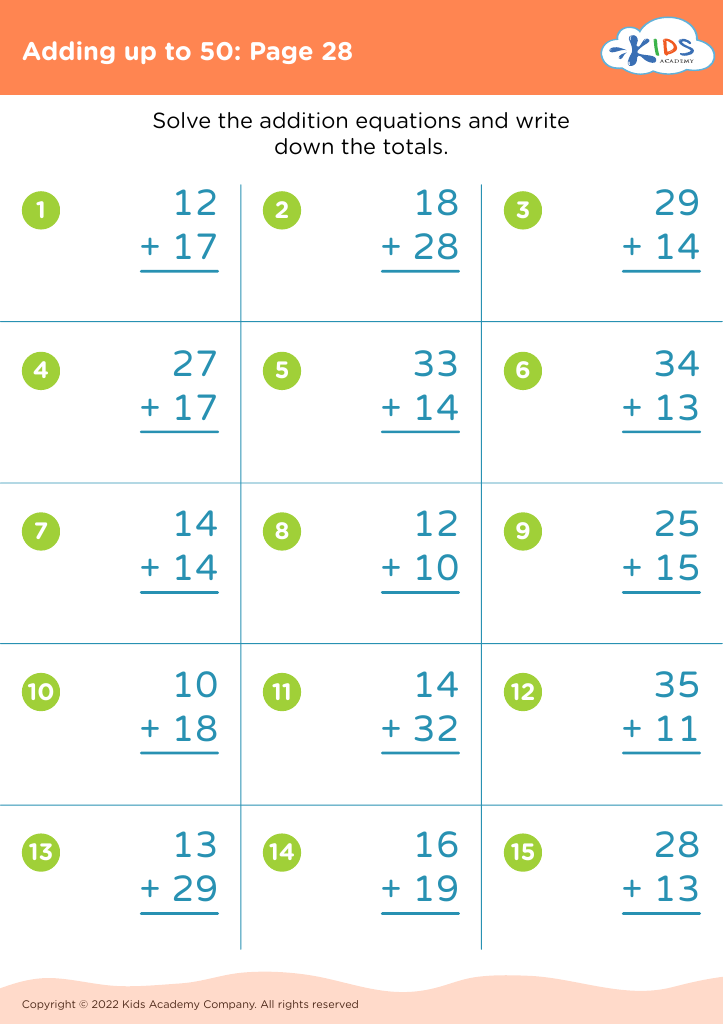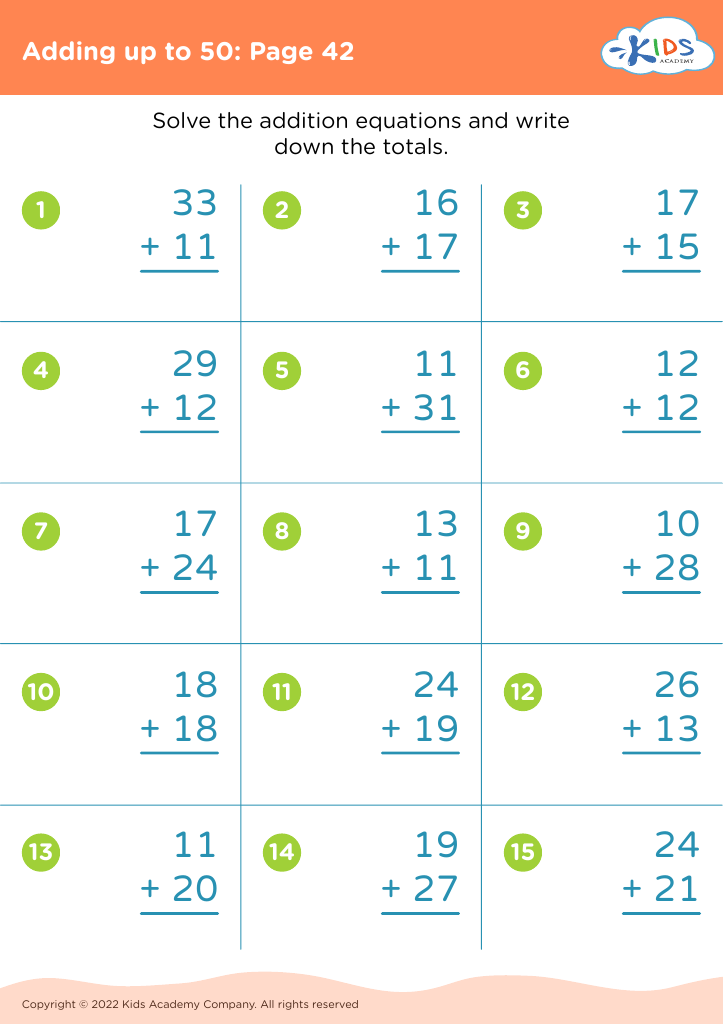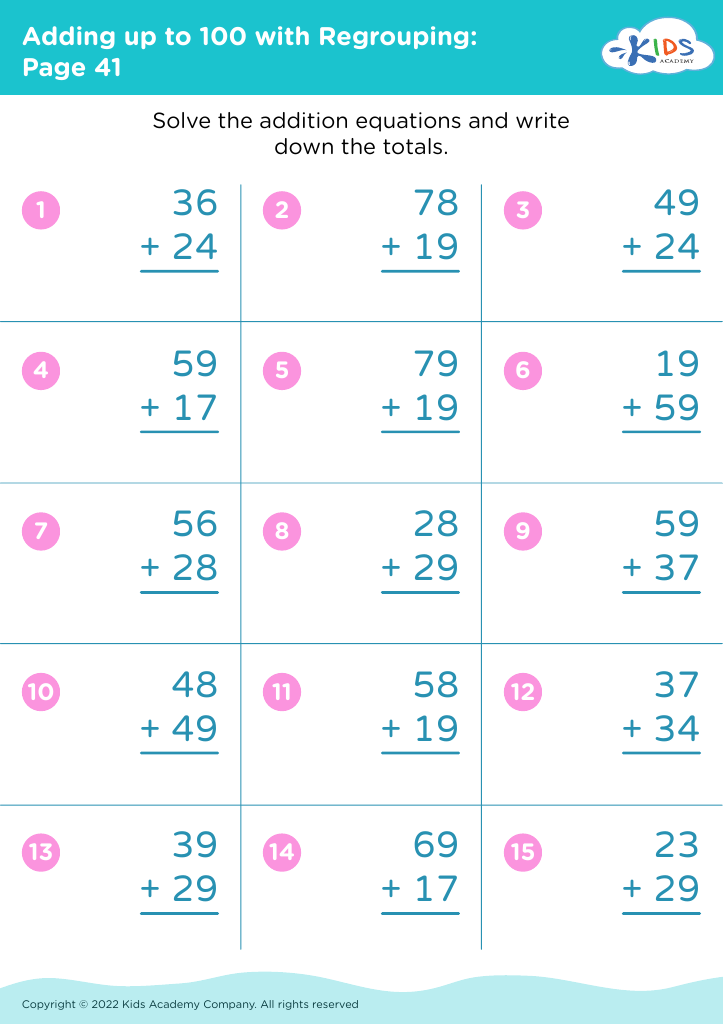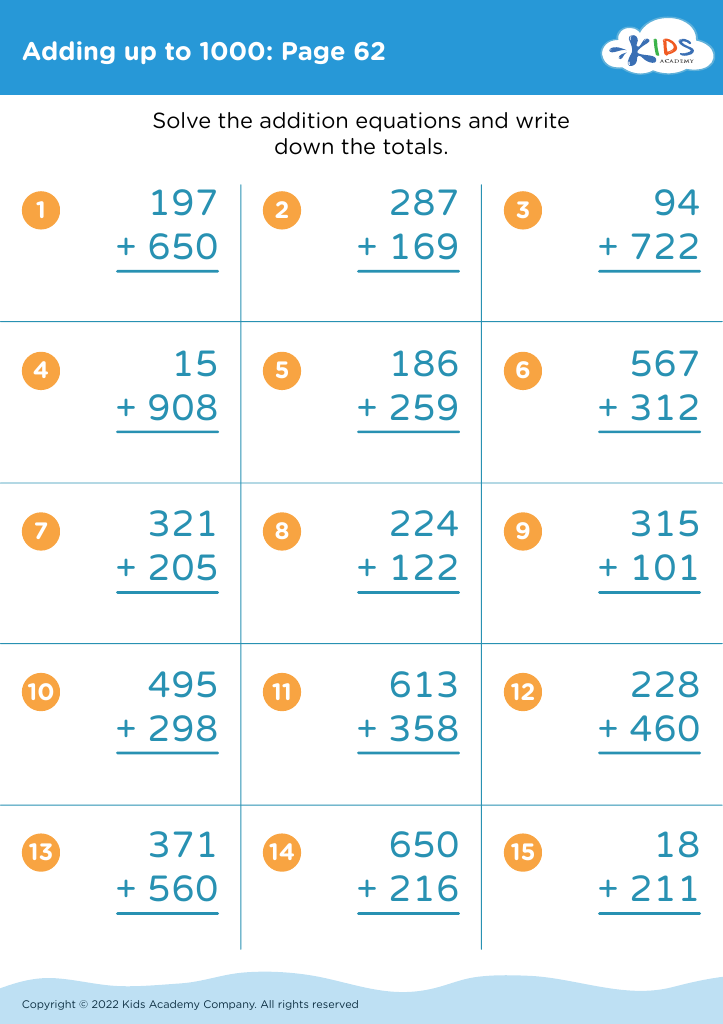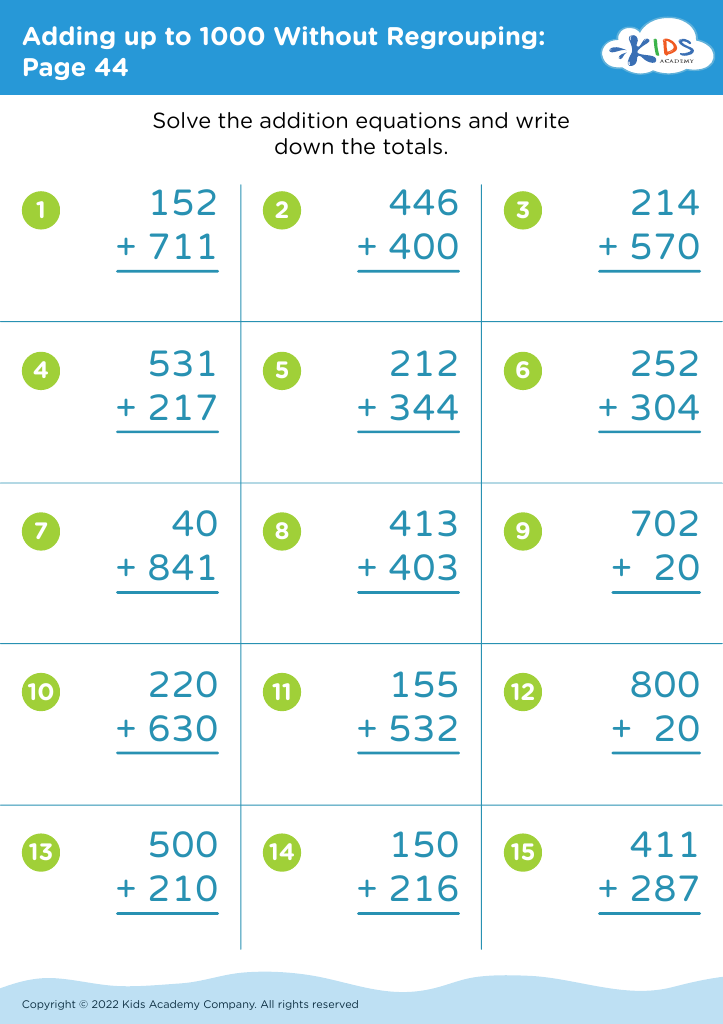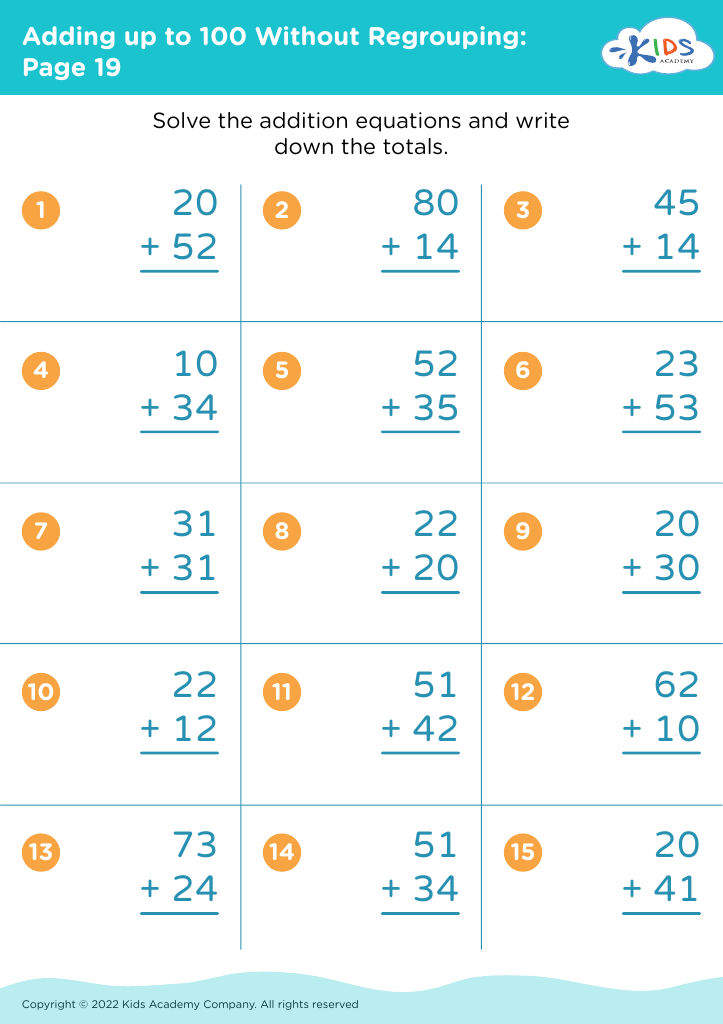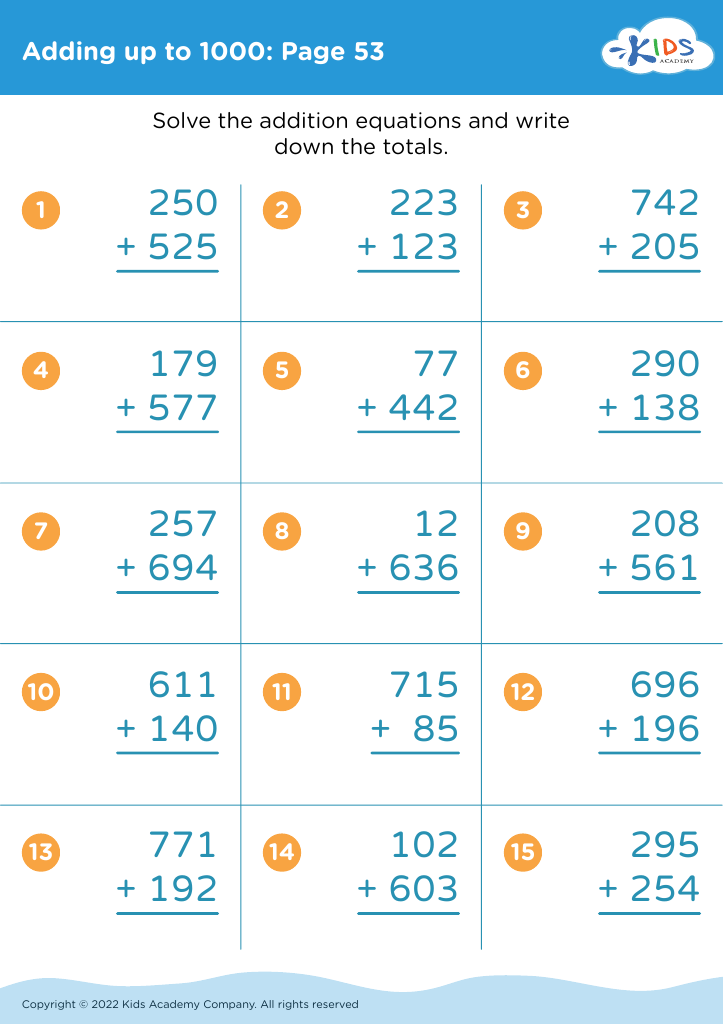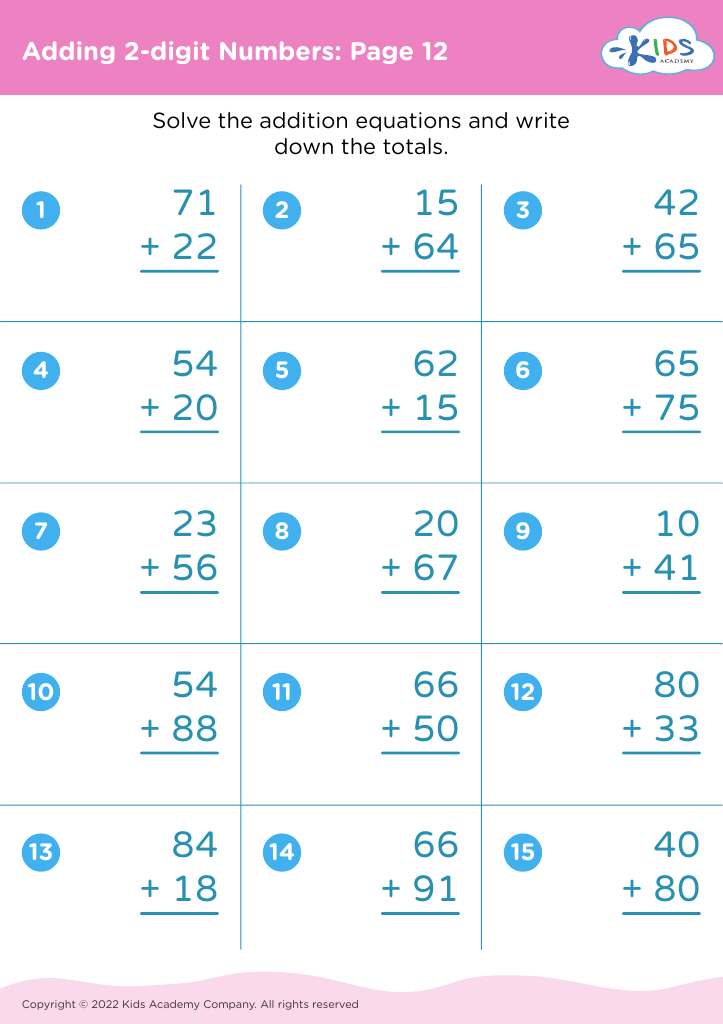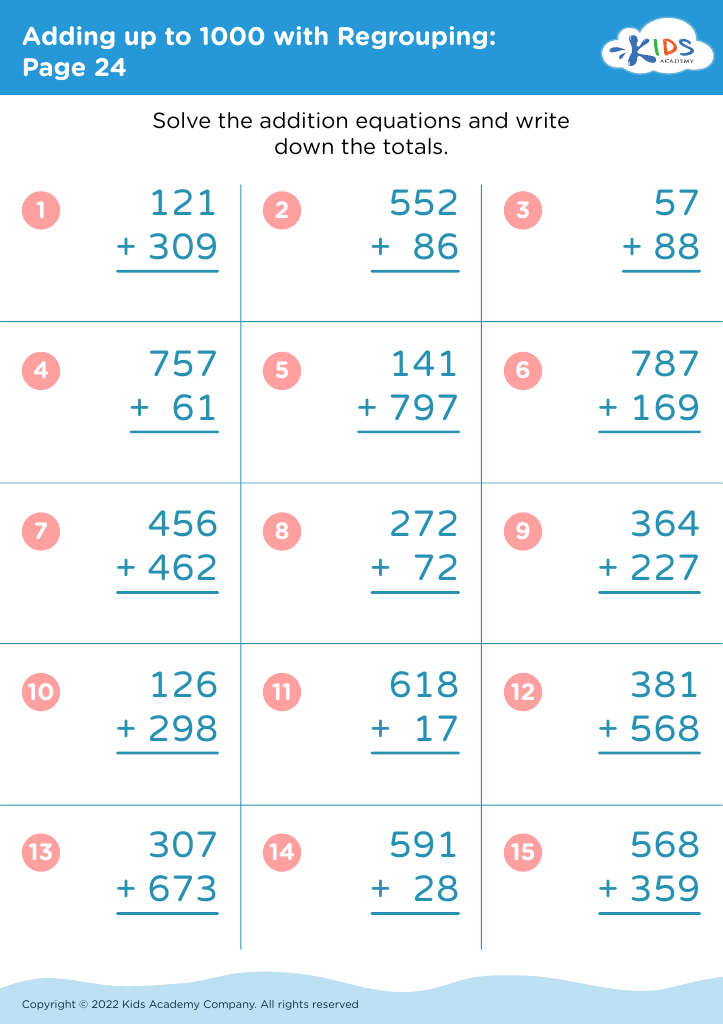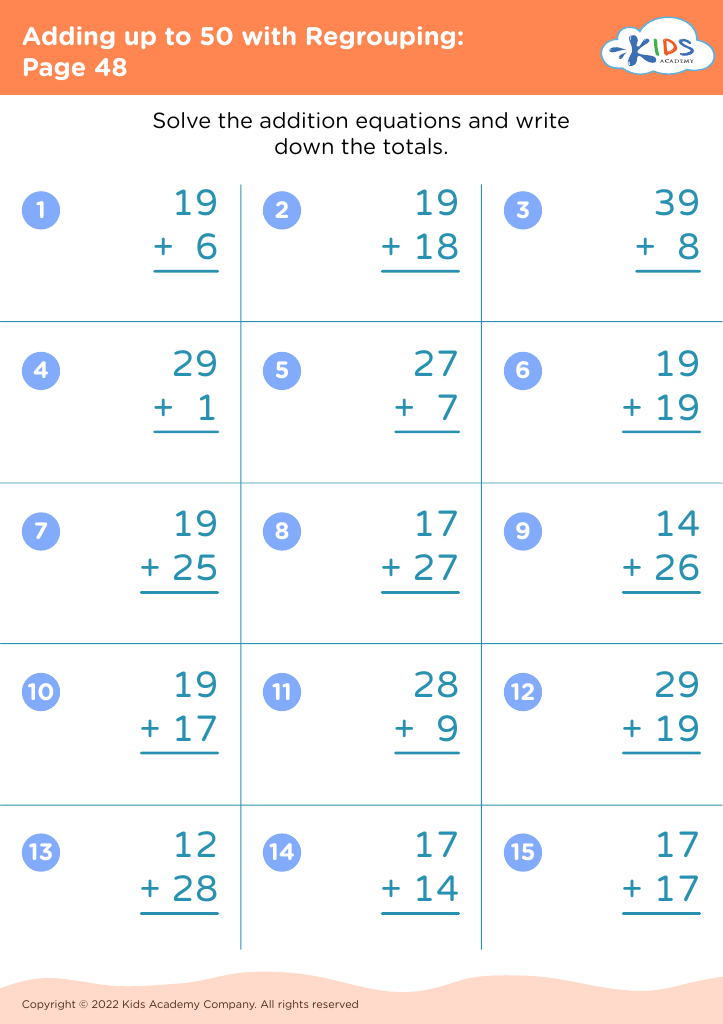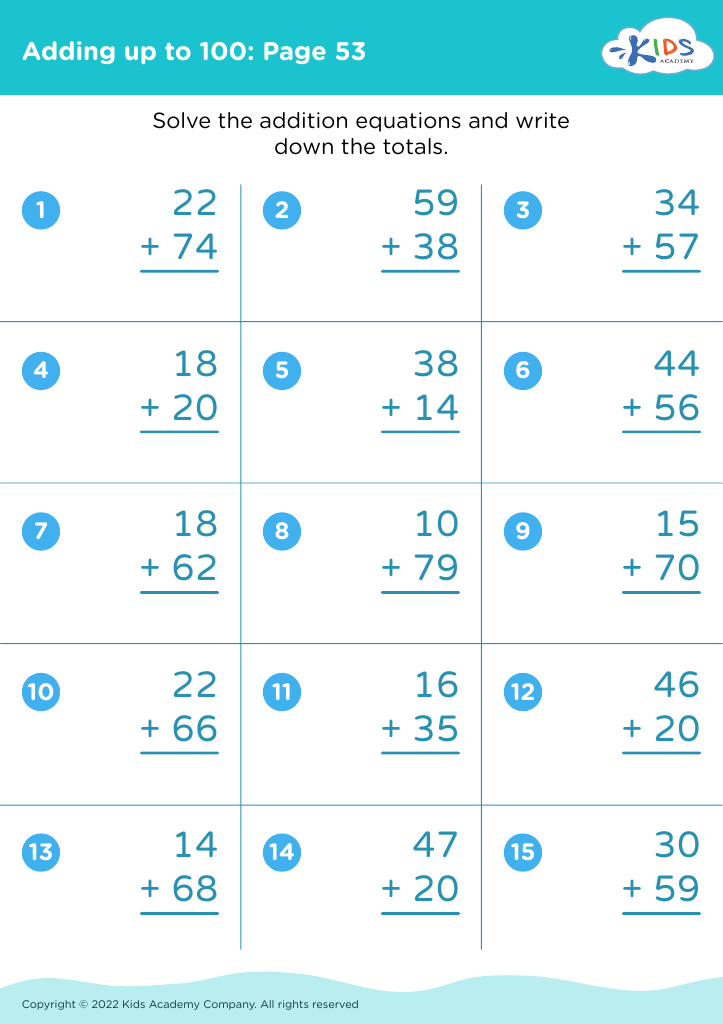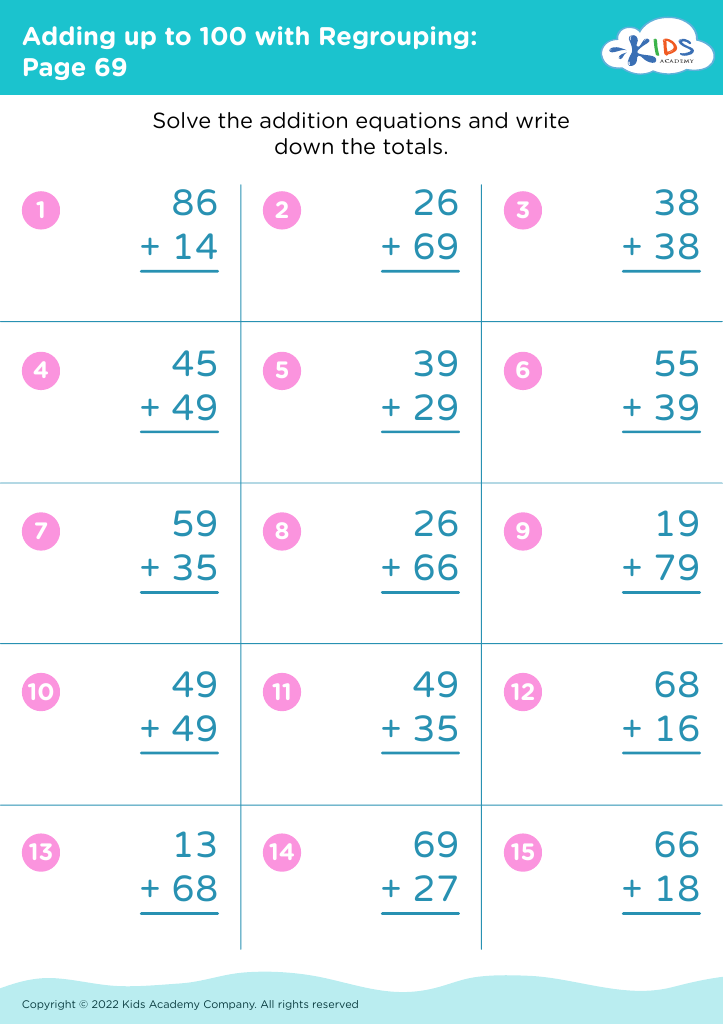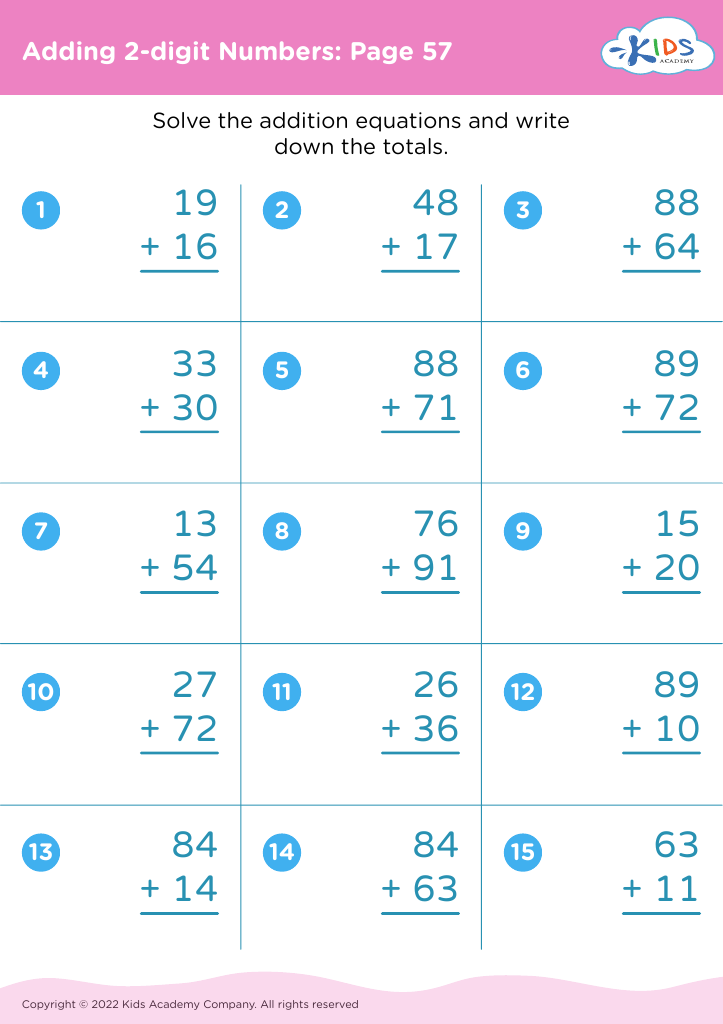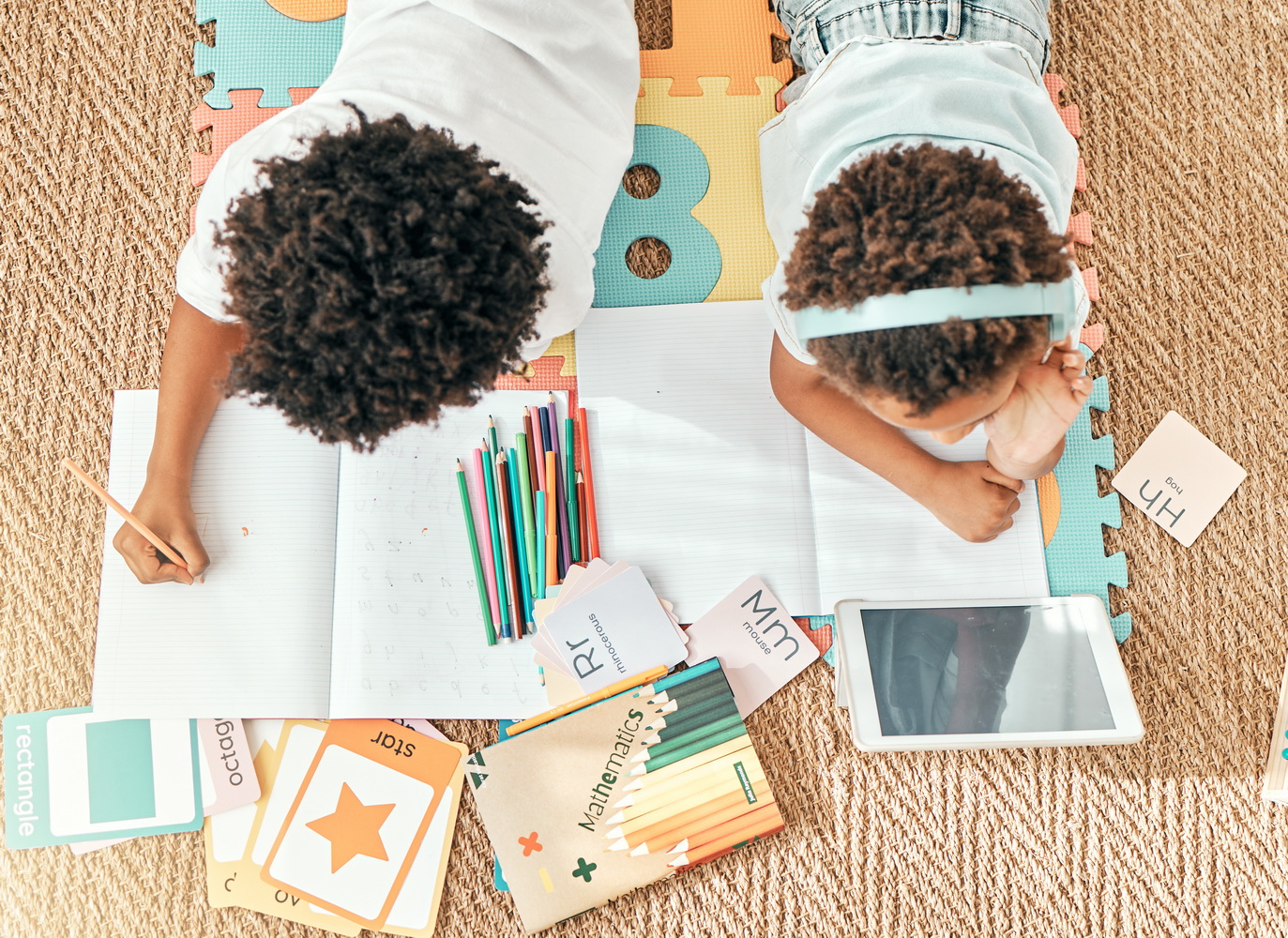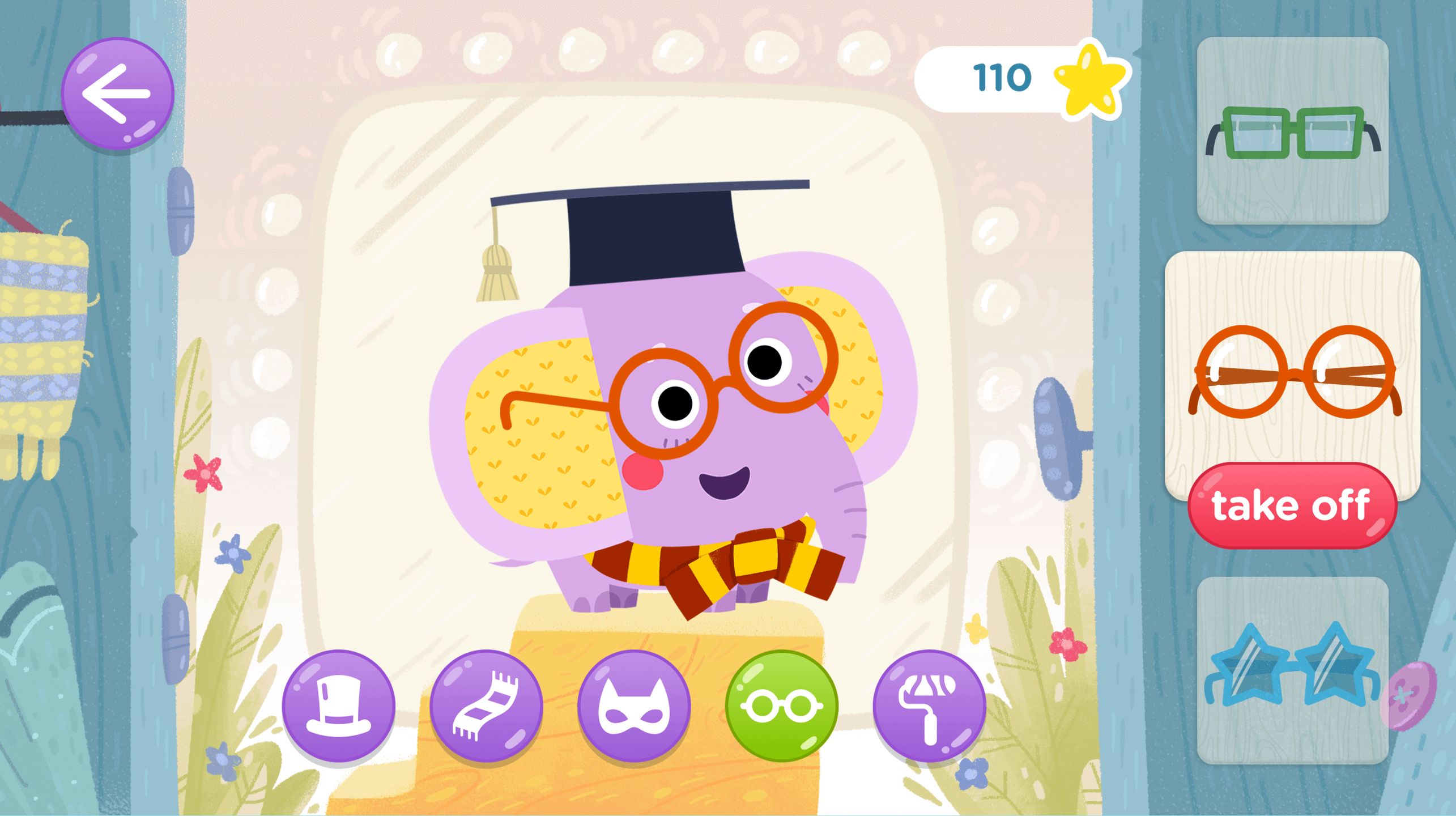Fraction comparison Addition Worksheets for 8-Year-Olds
29 filtered results
-
From - To
Explore our engaging Fraction Comparison Addition Worksheets designed specifically for 8-year-olds! These worksheets provide young learners with a fun and interactive way to develop their understanding of fractions by comparing and adding them accurately. Each worksheet emphasizes critical thinking and problem-solving skills while ensuring students build confidence in working with fractions. Our age-appropriate activities include visual aids and step-by-step instructions to make learning enjoyable. Perfect for classroom use or at-home practice, these resources are ideal for reinforcing key math concepts in a supportive environment. Help your child master fraction comparisons and addition with our enriching printable worksheets today!
Understanding fraction comparison and addition is essential for 8-year-olds as it lays the foundation for more advanced mathematical concepts. At this age, children begin to encounter fractions more frequently in everyday contexts, such as cooking, sharing, and measuring. When parents and teachers prioritize mastering these skills, they equip children with the ability to analyze and compare quantities, fostering critical thinking and problem-solving abilities.
Comparing fractions helps children develop their understanding of relative sizes, enabling them to make well-informed decisions based on numerical data. For instance, if a child is determining which pizza slice offers more value, they benefit from knowing how to compare fractions. Additionally, the ability to add fractions reinforces their understanding of whole numbers and enhances their confidence in mathematical reasoning.
Engaging parents in this developmental process can provide additional support through games or real-life applications, making learning enjoyable. Moreover, establishing a strong foundation in fractions bridges the gap between elementary and middle school mathematics, helping to alleviate apprehensions toward more complex topics in the future. Ultimately, embracing fraction comparison and addition fosters a positive learning environment, ensuring children are well-prepared to meet future academic challenges.
